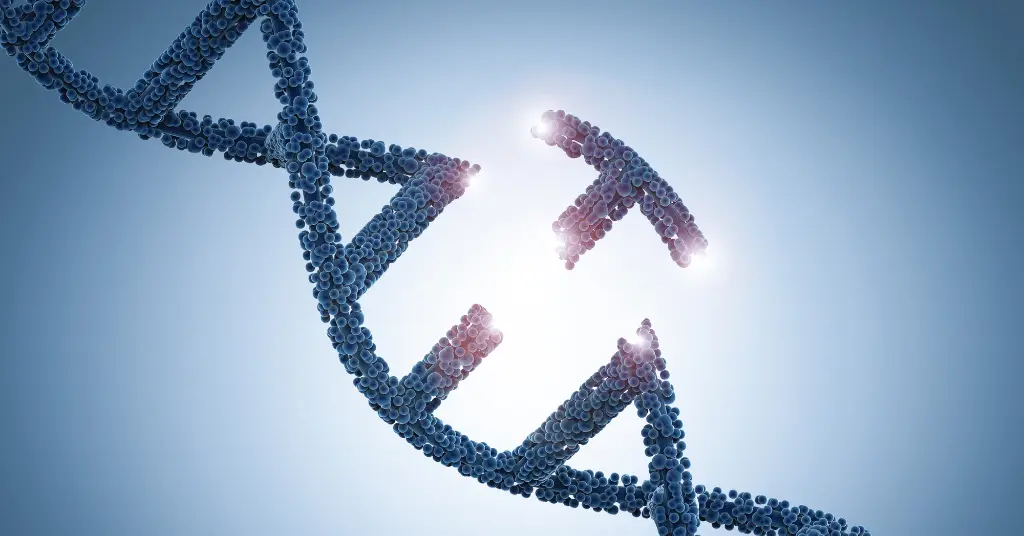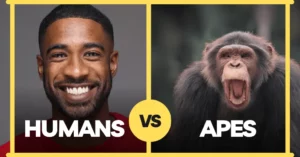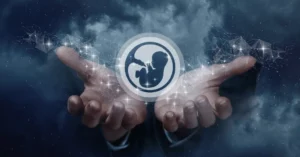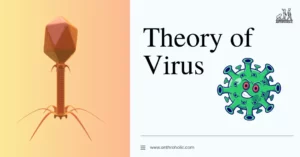AI Answer Evaluation Platform Live Now. Try Free Answer Evaluation Now
Theory of Mutation in Evolution
Hugo de Vries, a Dutch botanist and geneticist, first put out the theory of mutation stating that the new species emerge as a result of sudden changes to their genes which causes changes in the organism as a whole which is called as mutation. The alterations brought about by mutations in an organism are passed on to the following generation, which aid in their development and they eventually appear to be of a new species.

Hugo de Vries proposed the mutation theory to explain evolution by using Oenothera lamarckiana – the evening primrose wherein he observed phenotypic differences in some of the plant offsprings of the same plant such as the colour of the flower and leaves, differences in height while most of the other offsprings resembled their parents. This was followed by self-pollination of the plants that were different from their parent plants which gave the same outcome that most of the plants resembled to their parents while others differed from them. This was repeatedly observed for several generations with the same outcome and eventually a new species was created which he called mutants.
Vries opposed Darwin’s theory of evolution by natural selection where evolution was gradual and directional. Vries proposed that evolution should be attributed to mutation which is random, sudden, and directionless i.e., it potentially occurs in all directions. Every organism mutates but the pace at which mutation takes place varies depending on the factors like environment and physiology.
Unlike Darwin’s continuous variations the mutations are discontinuous variations which can lead to evolution. Natural selection ensures that the undesirable mutations are removed. A mutation may be acceptable or unfit.
Features of the mutation theory
- Mutations do not happen gradually; they happen as a result of abrupt alterations.
- New species are created as a result of heritable mutations.
- Being directionless, mutation happens in all directions and does not involve the same character.
- In a species mutation occurs from time to time in individuals and they are known as mutants which are very different from the parents.
Examples that support mutation theory
- Polled Hereford (hornless cattle) was a mutant of Hereford (homed cattle).
- Hairless cats due to Sphynx mutation.
- Polydactyly (double toed) cat.
Criticism
Natural mutations occur very rarely as opposed to how frequent Vries assumed them to be.
Dominant traits drive evolution, whereas mutations are often recessive traits.
The evening primrose plant which Vries used to support his idea was a complex heterozygous plant that exhibited a number of chromosomal anomalies, including polyploidy, balanced lethal, and ring chromosomes. Example – In the past, the Ancon sheep was thought to be the greatest way to explain mutation because of its small legs, which made it difficult for it to scale fences. It is now recognised that Ancon sheep had Achondroplasia which resulted in small legs as a result of genetic diseases.
The contribution of nature is not considered by Vries’ theory of mutation.
It is unable to explain mimicry – colouration for protection (similar to the moths that turned black from white during the Industrial revolution).
Vries did concentrate on the mutations alone, but it was eventually realised that isolation, natural selection, and mutation were all necessary for evolution to take place.
References
1. de Vries, H. (1914). The principles of the theory of mutation. Science, 40(1020), 77-84.
2. Endersby, J. (2013). Mutant utopias: evening primroses and imagined futures in early twentieth-century America. Isis, 104(3), 471-503.
3. Bergman G. (2005). Ancon sheep: a now disproven example of macroevolution. Rivista di biologia, 98(3), 435–
4. 448.Allen, G. E. (1969). Hugo de Vries and the reception of the “mutation theory”. Journal of the History of Biology, 2(1), 55-87.




